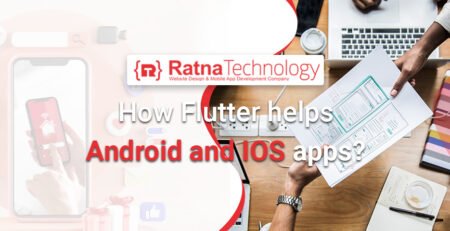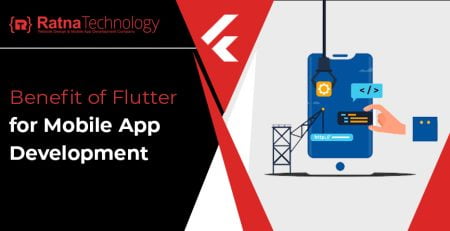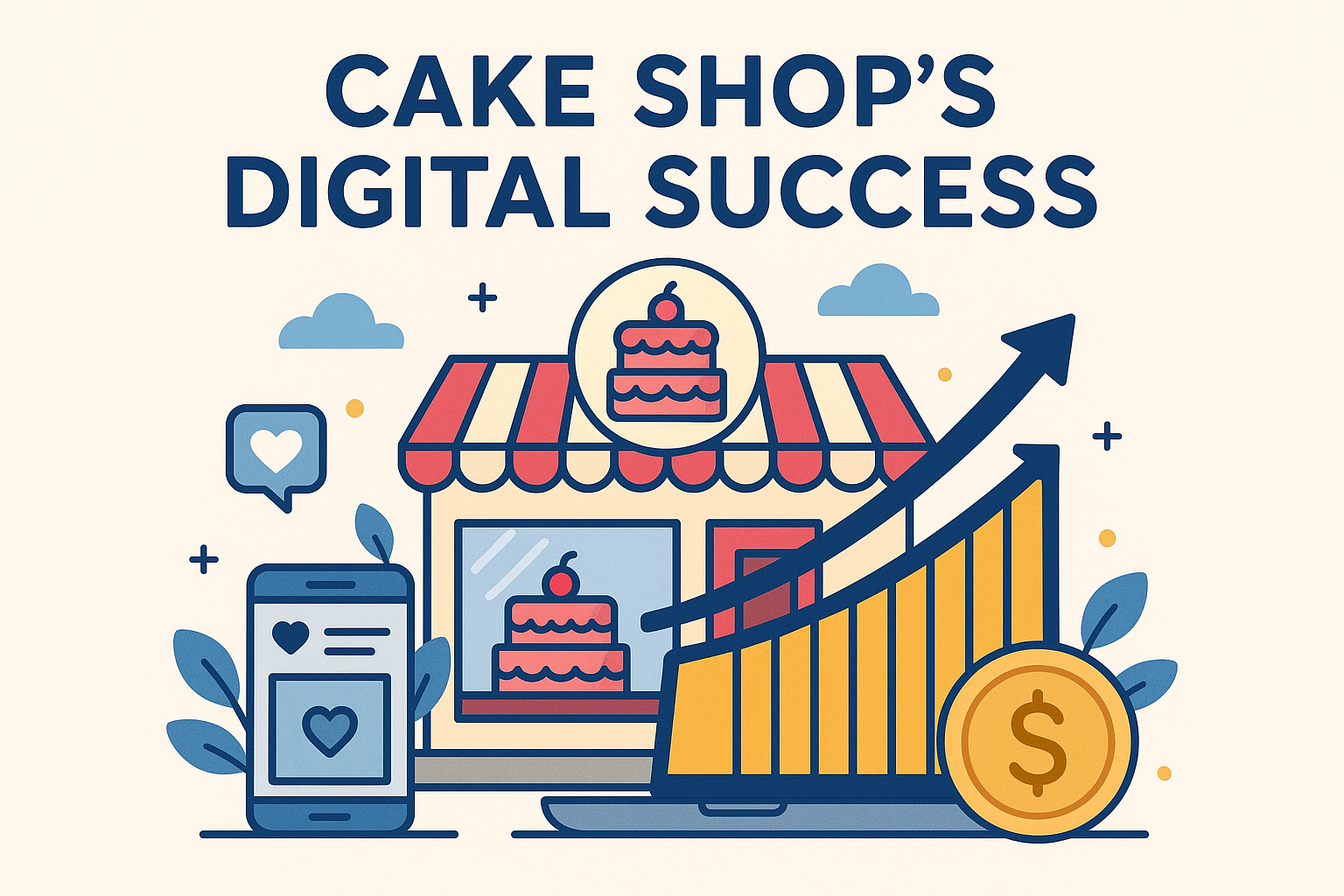Flutter & The Ambient Computing Era: Building Seamless Experiences Beyond the Phone
A strategic look at why Google’s UI toolkit is becoming the definitive choice for creating unified applications in our post-mobile world.
Introduction
Flutter ambient computing marks a shift beyond the smartphone era, where technology blends seamlessly into our everyday environments—across wearables, desktops, smart displays, and more. As this new paradigm demands consistent, cross-device experiences, Google’s Flutter has become a leading solution. Its powerful UI toolkit enables developers to build unified applications from a single codebase, shaping the future of seamless, ambient digital interaction.
What is Ambient Computing?
Ambient computing, also known as ubiquitous computing, is the concept of technology seamlessly woven into our daily lives, operating in the background to assist with tasks without needing direct commands. It aims to make technology so integrated that it becomes almost invisible, anticipating our needs and providing solutions effortlessly.
Key characteristics of ambient computing include:
- Seamless Integration: Devices are embedded in the environment, working behind the scenes without requiring conscious interaction.
- Contextual Awareness: The technology is aware of its surroundings and can adapt its function based on the situation.
- Predictive Assistance: By leveraging artificial intelligence and machine learning, ambient systems can anticipate user needs and act proactively.
Real-world examples of ambient computing are already prevalent in our daily lives:
- Smart Home Devices: Voice assistants like Google Assistant and Amazon Alexa can control various smart home gadgets, from adjusting the thermostat to playing music, all through voice commands.
- Wearables: Devices like the Apple Watch and Fitbit track health metrics and can even detect falls, automatically contacting emergency services if needed.
- Internet of Things (IoT): While closely related, IoT refers to the network of connected devices, whereas ambient computing is the intelligent interaction and data exchange between these devices to perform tasks.[3][8] For instance, a smart coffee maker that starts brewing when your alarm goes off is an example of ambient computing built on an IoT device.
- Embedded Systems: This technology is also found in smart workspaces to manage room bookings and in smart cities to optimize traffic flow and waste management.
Ambient computing is crucial in the modern user experience (UX) landscape because it shifts the focus from traditional screen-based interaction to a more intuitive, proactive, and personalized experience. It reduces the cognitive load on users by automating tasks and providing assistance without being intrusive. This paradigm shift is pushing UX design towards creating frictionless and anticipatory experiences that seamlessly blend into the user’s life.
Why Flutter is a Natural Fit for Ambient Computing
Flutter is uniquely positioned to power the next wave of ambient applications for several key reasons:

- Universal Codebase: Flutter enables developers to build for mobile, web, desktop, and embedded systems from one codebase. Its benefits for mobile app development alone make it a top choice for developers, and this strength multiplies in the diverse ambient landscape—allowing for efficient development and a consistent presence across every device, from a smartwatch to a car dashboard.
- High-Performance by Default: By compiling directly to native code, Flutter ensures applications are fast and responsive. This level of performance is critical for ambient experiences, which must feel seamless and instantaneous to effectively blend into the user’s environment.
- Consistent Brand and User Experience: Flutter uses its own rendering engine to draw the UI, guaranteeing that an application looks and feels identical on any screen. This gives brands complete control over their user experience, ensuring a coherent identity across the fragmented ecosystem of ambient devices.
- Strategic Backing and a Strong Ecosystem: As a cornerstone of Google’s ambient computing strategy, Flutter benefits from robust corporate support and a clear future roadmap. This is complemented by a large and active developer community that provides a wealth of packages and tools, accelerating development and simplifying integration with new hardware.
Flutter’s Role in a Post-Mobile World
Flutter is evolving beyond a mobile-centric framework to become a universal toolkit for the ambient computing era, designed to deliver consistent experiences on any screen or interface.
- Unified Support for All Devices: Flutter’s core promise is its ability to deploy applications to a vast array of platforms from a single codebase. This includes not only phones and tablets but also desktops (Windows, macOS, Linux), the web, and, critically, emerging hardware. Its lightweight and performant nature makes it ideal for smart displays, automotive infotainment systems, and other embedded devices, allowing developers to build once and deliver everywhere.
- A Foundation for Future-Looking Operating Systems: Flutter’s strategic importance is highlighted by its role in Fuchsia, Google’s next-generation operating system. The user interface for Fuchsia is built with Flutter, meaning any Flutter application is inherently ready for this future platform. This deep integration signals Google’s long-term vision for a unified OS that runs across a diverse ecosystem of devices, with Flutter as the primary means of creating experiences for it.
- Ready for Next-Generation Interfaces: The post-mobile world relies on more than just touchscreens. Flutter is built to accommodate these new interaction models seamlessly. It can integrate with voice command platforms, handle complex gesture recognition beyond simple taps and swipes, and leverage device sensors like accelerometers and gyroscopes. This enables the creation of context-aware, immersive applications that respond to user movement, voice, and environment, which is the very essence of ambient computing.
Building Seamless Cross-Device Experiences
Creating truly seamless applications with Flutter requires a strategic approach to UI, logic, and platform integration.
- Design Responsive and Adaptive UIs: Go beyond just resizing components. Use Flutter’s LayoutBuilder and MediaQuery to build responsive UIs that reflow elegantly on different screen sizes. For a more tailored experience, create adaptive UIs that swap out entire widgets or layouts based on the device’s form factor (e.g., showing a two-pane layout on a tablet versus a single list on a phone). This ensures the interface always feels natural and optimized for the specific device.
- Decouple State and Logic from the UI: The core of a cross-device application—its business logic and state—should be completely independent of the visual presentation. By employing robust state management patterns (like BLoC or Riverpod), you can manage application data centrally. This allows you to plug in different UIs for different devices while the underlying logic remains consistent and unaffected, ensuring data integrity and simplifying development.
- Bridge to Native Features with Plugins and Channels: While Flutter provides the UI, ambient applications often need to access unique hardware features. This is handled gracefully through Flutter’s plugin ecosystem, which offers pre-built packages for common device APIs like cameras, GPS, and sensors. For highly custom or niche hardware integrations, platform channels provide a straightforward bridge to write and call native code (Swift/Kotlin/Java/C++) directly from your shared Dart codebase, giving you limitless access to device-specific capabilities.

Challenges & Considerations
While Flutter is a powerful tool for ambient computing, building truly seamless experiences comes with its own set of challenges that require careful planning and execution.
- UI Complexity on Non-Touchscreen Devices: Designing user interfaces for devices without a touchscreen presents a significant hurdle. Developers must shift their mindset from touch-centric design to accommodate interactions via d-pads, remotes, keyboards, or voice commands. This requires a deep focus on navigation, focus management, and creating intuitive, non-visual feedback loops.
- Testing Across a Wide Range of Hardware: The sheer diversity of devices in an ambient ecosystem makes comprehensive testing a major logistical challenge. Ensuring an application functions flawlessly and performs well on countless combinations of screen sizes, resolutions, processing power, and input methods is difficult. This often necessitates a heavy reliance on emulators and maintaining a physical lab of target hardware.
- Performance Optimization for Diverse Platforms: Performance is not a one-size-fits-all metric. An application must be optimized to feel fluid and responsive on a high-end desktop while also being lean and efficient enough to run on a low-power embedded device or smart display. This demands disciplined coding practices, careful asset management, and platform-specific performance tuning.
- Developer Learning Curve and Architectural Decisions: Successfully building a complex, multi-platform application requires more than just knowing Flutter’s widgets. Developers must master advanced state management, understand how to architect an application for true platform independence, and make critical upfront decisions about code structure. These initial architectural choices are crucial and can significantly impact the long-term maintainability and scalability of the project.
Future Outlook: Flutter & Ambient Intelligence
The next frontier for Flutter is its integration with ambient intelligence, moving beyond connected devices to create truly smart and predictive experiences.
- Evolution Toward AI-Driven Interfaces: Flutter is poised to become a key framework for building AI-powered user interfaces. By leveraging on-device machine learning, future applications will be able to dynamically adapt their layout, content, and functionality based on user habits and real-time context. This will shift UIs from being static designs to living systems that learn and evolve with the user.
- The Role of Dart in Efficient Computing: The Dart language is fundamental to this evolution. Its ability to compile ahead-of-time (AOT) to fast, native machine code ensures the low-latency performance required to run AI models directly on edge devices. This efficiency is critical for delivering instant, intelligent responses without relying on a constant cloud connection, which is essential for the seamless feel of Flutter ambient computing.
- Predictive, Contextual, and Proactive UIs: The ultimate goal is to create interfaces that anticipate user needs. Imagine predictive UIs that surface the right app or feature just before you need it, contextual apps that reconfigure themselves based on your location or time of day, and proactive interfaces that deliver information without being asked. Flutter, with its flexible rendering engine and performant foundation, is the ideal toolkit for building these highly adaptive and intelligent user experiences of tomorrow.
Conclusion
As we move beyond the smartphone into the era of ambient computing, the demand for applications that deliver a consistent and seamless experience across a diverse ecosystem of devices has become paramount. Flutter has unequivocally established itself as the strategic toolkit for this new reality. Its ability to forge high-performance, visually consistent applications for virtually any platform from a single codebase directly solves the core challenge of device fragmentation.
By providing the foundation for responsive, intelligent, and future-ready interfaces, Flutter empowers developers and businesses to think beyond a single screen. Adopting Flutter is more than a development choice; it is a strategic investment in building the unified, context-aware applications that will define the future of digital interaction.










Leave a Reply